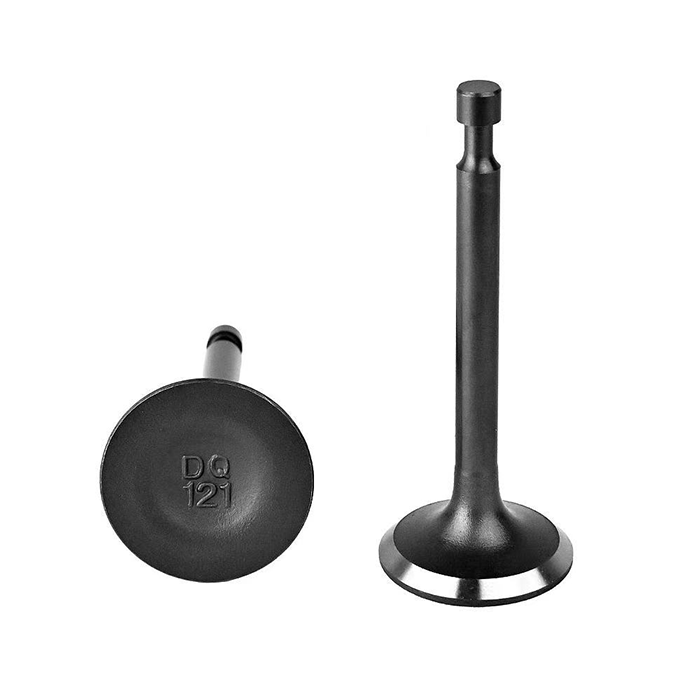In an increasingly interconnected world, the efficiency of freight transportation has become a pivotal factor for businesses aiming to optimize their supply chains. As global trade expands, understanding the most efficient forms of freight is essential for companies looking to reduce costs, improve delivery times, and enhance customer satisfaction. This article delves into the various modes of freight transportation, analyzing their efficiency based on several critical parameters, including speed, cost, environmental impact, and suitability for different types of goods.
Understanding Freight Transportation Modes
Freight transportation can be broadly categorized into four primary modes: road, rail, air, and maritime. Each mode has its unique advantages and limitations, making it crucial for businesses to assess their specific needs before selecting the most suitable option.
- Road Freight
Road freight is one of the most flexible and widely used forms of transportation. It offers door-to-door service, making it ideal for short to medium distances. The efficiency of road freight can be attributed to several factors:
- Speed and Accessibility: Road transport can often deliver goods faster than other modes, especially for local or regional deliveries. The extensive road network allows for direct routes without the need for transloading.
- Cost-Effectiveness: For smaller shipments, road freight can be more economical than rail or air transport. However, costs can escalate with longer distances and fuel price fluctuations.
- Versatility: Road freight accommodates a wide variety of goods, from perishable items to heavy machinery, making it a versatile option for many industries.
Despite its advantages, road freight is subject to traffic congestion, regulatory constraints, and environmental concerns, which can impact overall efficiency.
- Rail Freight
Rail freight is often considered one of the most efficient modes for transporting large volumes of goods over long distances. Its efficiency stems from:
- Economies of Scale: Trains can carry a significant amount of cargo at once, reducing the cost per ton-mile compared to road transport.
- Lower Environmental Impact: Rail transport is generally more fuel-efficient and produces fewer emissions per ton-mile, making it a more sustainable option.
- Reliability: Rail schedules are often more predictable than road transport, which can be affected by traffic and weather conditions.
However, rail freight is less flexible than road transport, as it requires access to rail infrastructure and may involve additional handling for last-mile delivery.
- Air Freight
Air freight is synonymous with speed, making it the preferred choice for time-sensitive shipments. Its efficiency is characterized by:
- Rapid Delivery: Air transport significantly reduces transit times, making it ideal for high-value or perishable goods.
- Global Reach: With a vast network of airports, air freight can reach remote locations quickly, facilitating international trade.
- Security: Air freight is often perceived as safer, with lower risks of theft or damage during transit.
Despite these advantages, air freight is the most expensive mode of transportation, which can be prohibitive for many businesses. Additionally, its environmental impact is considerable, leading to a growing emphasis on sustainable alternatives.
- Maritime Freight
Maritime freight is the backbone of global trade, accounting for over 80% of international goods transport. Its efficiency is influenced by:
- Cost-Effectiveness for Bulk Goods: Shipping large quantities of goods via container ships is often the most economical option, especially for heavy and non-perishable items.
- Environmental Efficiency: While maritime transport has a significant carbon footprint, it is more efficient than air freight in terms of emissions per ton-mile.
- Capacity: Ships can carry vast amounts of cargo, making them ideal for bulk commodities, raw materials, and finished products.
However, maritime freight is slower than other modes, with longer transit times and potential delays due to port congestion or adverse weather conditions.
Choosing the Most Efficient Form of Freight
Determining the most efficient form of freight transportation requires a nuanced understanding of the specific requirements of the shipment. Factors to consider include:
- Nature of Goods: Perishable items may necessitate air freight, while bulk commodities are best suited for maritime transport.
- Distance and Destination: For regional deliveries, road freight may be optimal, whereas long-distance shipments might benefit from rail or maritime options.
- Cost Constraints: Businesses must weigh the trade-offs between speed and cost, particularly when budget constraints are a concern.
- Environmental Considerations: As sustainability becomes a priority for many companies, the environmental impact of each mode should be factored into decision-making.
Conclusion
In conclusion, the most efficient form of freight transportation is not a one-size-fits-all solution. It depends on a myriad of factors, including the type of goods, distance, cost, and environmental impact. By carefully analyzing these elements, businesses can make informed decisions that enhance their supply chain efficiency, reduce costs, and contribute to a more sustainable future. As the freight landscape continues to evolve, staying abreast of industry trends and innovations will be crucial for maintaining a competitive edge in the global market.






+ There are no comments
Add yours